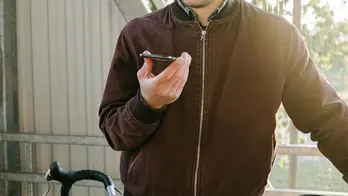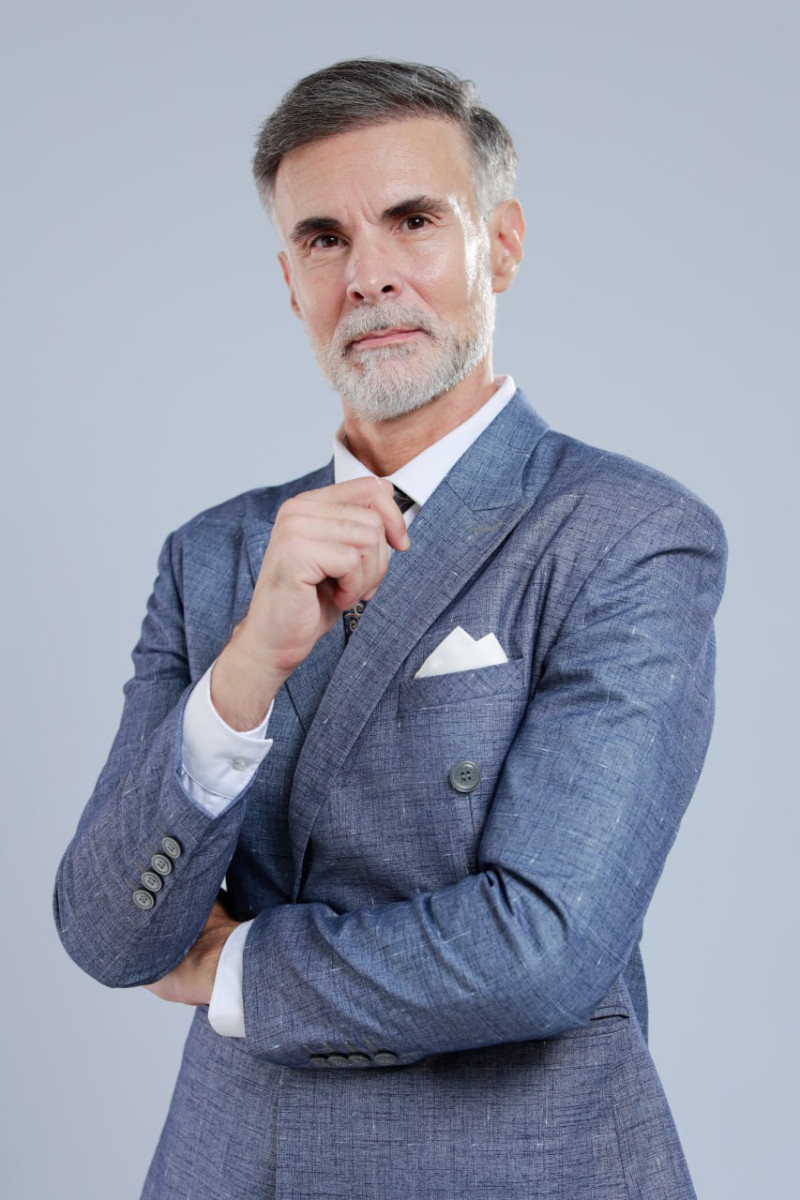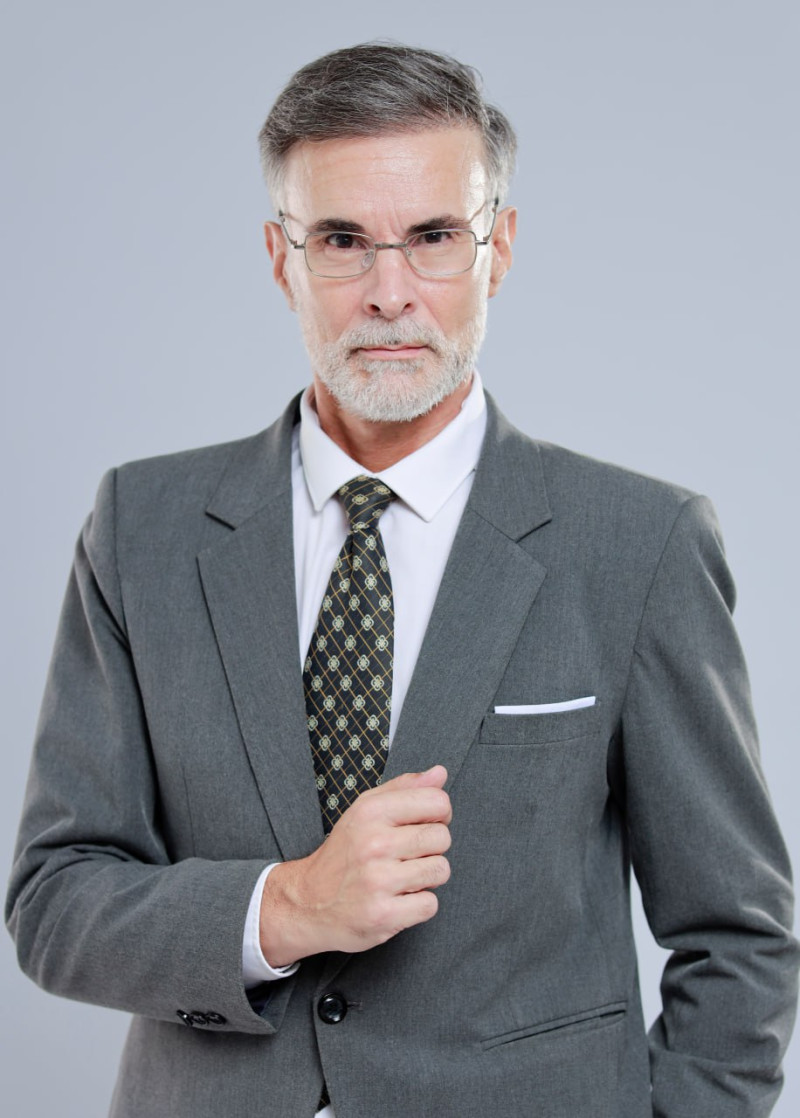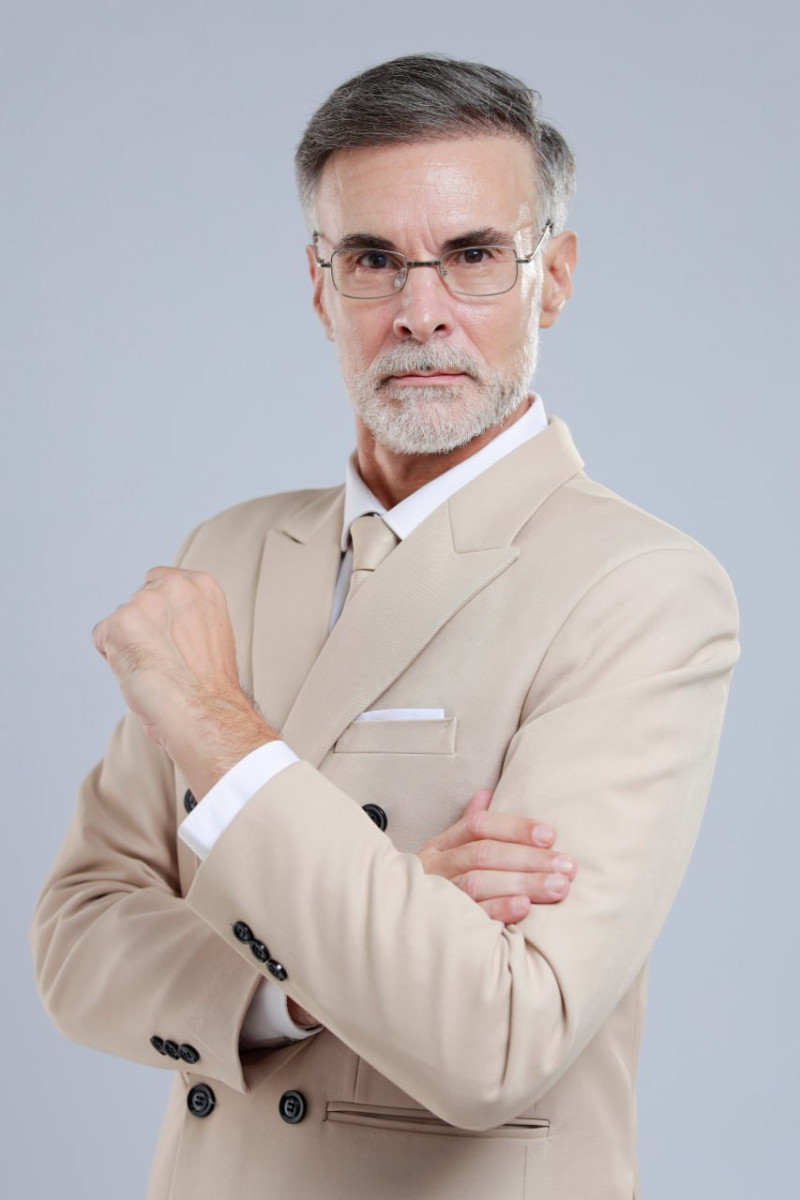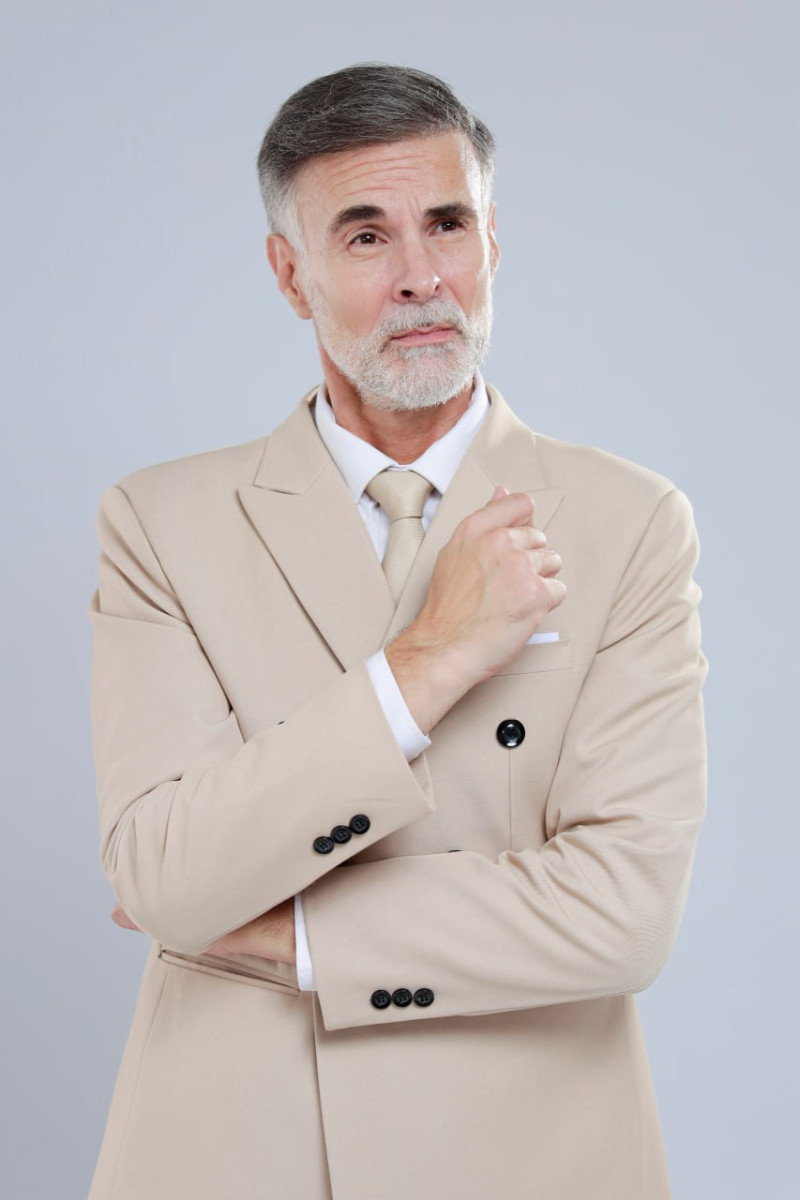From Scientific Exile To Gene Editing Pioneer
Gene editing was a new idea in the mid-1970s. So when two of America's most prestigious research institutions planned a new facility for work in recombinant DNA, the technology that lets scientists cut and reassemble genes, alarm bells went off.
"The way they would put it was, we're mucking around with life," says Lydia Villa-Komaroff, then a freshly minted MIT PhD in cell biology. "People were worried about a 'Frankengene,' that perhaps by moving a piece of DNA from one organism to another, we might cause something that was truly dreadful."
Amidst a political circus, the city of Cambridge, Massachusetts banned research into recombinant DNA within city limits, specifically at MIT and Harvard. That forced scientists like Villa-Komaroff into exile. She spent months at Cold Springs Harbor Laboratory, plugging away on experiments that didn't work.
But that turned out to be just the prelude to a triumph, a breakthrough in recombinant DNA technology that directly benefits millions of Americans today. In this episode, Dr. Villa-Komaroff tells Emily Kwong the story of overcoming the skeptics during the dawn times of biotechnology, and how she helped coax bacteria into producing insulin for humans.
This episode was produced by Berly McCoy, edited by Gabriel Spitzer and fact-checked by Abe Levine. The audio engineer was Gilly Moon.
Disclaimer: The copyright of this article belongs to the original author. Reposting this article is solely for the purpose of information dissemination and does not constitute any investment advice. If there is any infringement, please contact us immediately. We will make corrections or deletions as necessary. Thank you.
